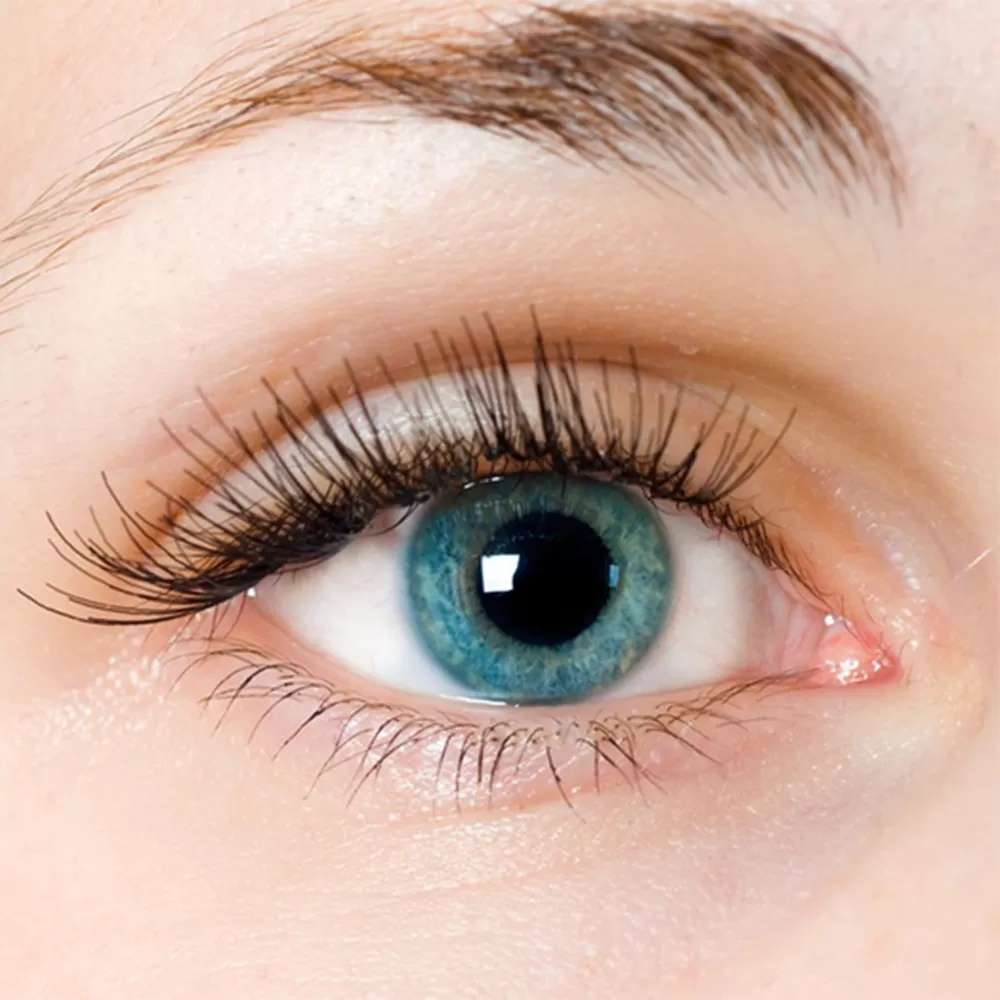Athletes rely on clear, stable vision to perform at their best. Athletes may explore ways to reduce dependence on glasses or contacts to avoid fogging or dryness during training and competition. Photorefractive keratectomy (PRK) is one option they may encounter when researching refractive surgery.
What Is PRK Surgery?
PRK is a type of laser vision correction that reshapes the cornea, the transparent front surface of the eye, to adjust how light focuses on the retina. It is performed on the surface of the cornea rather than under a corneal flap. The procedure involves the removal of the thin, outer layer of the cornea. An excimer laser then reshapes the cornea underneath. Most patients use prescribed drops during early healing, and follow-up visits track progress.
Who Is It For?
PRK has been used for people with nearsightedness, farsightedness, and astigmatism within certain ranges. Candidacy depends on corneal thickness and shape, tear film stability, and overall eye health. Those with thinner corneas sometimes learn that surface ablation approaches may align better with their anatomy than flap-based methods.
The surface-based nature of PRK is one reason athletes may ask about it. Contact sports, high-impact training, and environments with dust, wind, or sweat can raise practical questions about how the cornea responds to day-to-day demands after refractive surgery. Because PRK does not involve creating a corneal flap, some athletes explore it as a pathway that aligns with their activity level.
Recovery timelines also shape suitability. PRK typically has a more gradual visual recovery compared with flap-based procedures. The conversation with a specialist usually covers realistic goals, lifestyle needs, and sport-specific demands, such as exposure to impact, water, altitude, or night games. A careful evaluation can surface trade-offs and help set an approach that aligns with training cycles and performance goals.
What Are the Results?
Many patients report reduced reliance on glasses or contact lenses after PRK. Some people may require enhancements or continue to use low-prescription lenses for certain tasks. For candidates, the practical experience often centers on a few common themes:
- Visual Quality and Stability: After the initial healing, many individuals describe clear, stable daytime vision. Nighttime environments may take longer to recover.
- Surface Healing: PRK’s surface healing typically brings a few days of discomfort and light sensitivity. Vision improves progressively over weeks, so returning to normal activities can be planned.
- Environmental Exposure: Sports that involve sweat, dust, water, or risk of impact prompt careful post-operative hygiene and protective strategies as guided by a clinician.
It is also useful to compare PRK with other refractive options. Some procedures offer faster visual recovery, while PRK avoids a corneal flap and preserves more corneal tissue. The best choice depends on anatomy, prescription, sport demands, and timelines. No single procedure fits everyone, and a thorough medical consultation helps clarify what outcomes are realistic.
Confer With an Eye Specialist
For athletes, the path to clearer unaided vision is as much about planning as it is about technology. PRK can align well with lifestyles where surface-based treatment and corneal integrity are valued, though it involves a measured recovery that needs room in a training calendar. A comprehensive eye exam, careful review of your sport’s demands, and an open discussion about goals, risks, timelines, and aftercare will help you decide whether PRK matches your needs.









Leave a Reply